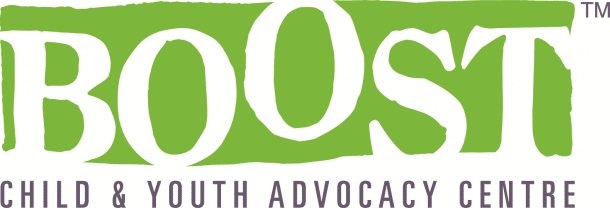Internet Child Exploitation
Internet Child Exploitation (ICE) Counselling Program
—
The Internet Child Exploitation (ICE) Counselling Program is a counselling referral and funding program funded by the Ministry of Children, Comunity and Social Services.

The ICE Program provides referrals to short-term counselling for child and youth victims of Internet exploitation and to their impacted family members. If you are a victim, you can refer yourself to the program or be referred to the program by someone you trust – a teacher, police officer or victim services worker.





